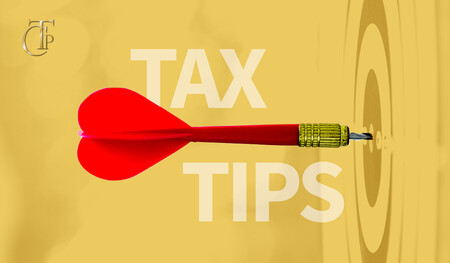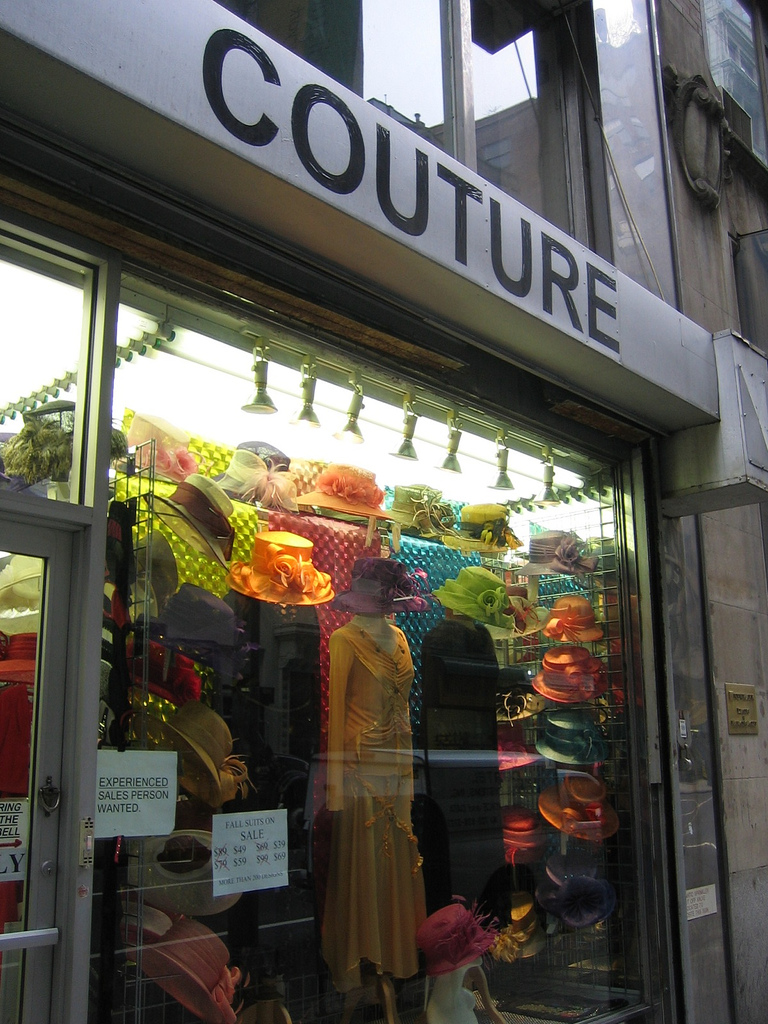Growing your tax business means closing sales, and that’s something that doesn’t happen by accident. Every decision you make when visiting a client or a potential client either increases or decreases the odds that you’ll close the sale. In today’s increasingly casual world, your professional dress can make a big difference in how you’re perceived.
Here are some important principles to keep in mind when you look through your wardrobe in the morning that will help you dress professional and close the deal:
- It’s not as simple as it was 20 years ago. This is true for men’s fashion, at least; women’s work fashion has arguably been at least a little bit more complex. When suits started to disappear during the dotcom boom, fashion became much murkier. You have to decide between business casual, smart casual, business attire, and more. The first step in developing the right workplace fashion to close more sales is to recognize that it’s going to require some thought and work.
- Your dress must demonstrate that you care. Dressing inappropriately sends a message to clients and coworkers. That message is that you simply don’t care about what they think. While that may fit your life philosophy, it won’t serve you well in business. Your attitude toward your work, your company, and your client is reflected by what you wear. If you dress like someone who’s trying to get ahead, you’ll project that image. When you meet with a client and are in appropriate attire, you’re telling that client: “I respect you enough to pay close attention to what I wear.”
- Your dress must reflect your company’s values. Believe it or not, what you’re wearing when you have that video sales call with a potential client is part of your company’s branding message. Wearing a casual blouse with an abundance of jewelry and accessories suggests a different type of business than if you wear a formal blouse with little in the way of accessories.
- You still need to express your individuality. Here’s where things get tricky. Even though you want to dress professionally and meet certain image expectations, you don’t want to look like every other salesperson that wanders into a potential client’s office. Fortunately, there are a number of ways you can express individuality without going outside of acceptable workplace fashion. A stylish bag or briefcase, for example, or a memorable business card holder can leave an impression on a potential client. It can also express your sense of taste and style, and will suggest to your client that your company is interested in standing out from the crowd.
- Pay attention to regional variations. East Coast clients will more than likely expect a different workplace style than West Coast clients. If you’re traveling to a part of the country you’re not as familiar with, do some legwork. Talk to someone in a regional office, or even an existing client in the area, to see what’s considered dress professional, and what type of message you might be sending. If you’re traveling overseas, you’re going to have to do some more in-depth research about what’s appropriate and what’s in line with the message you want to send.
- Fashion should also be appropriate for the client. While you might want to project a powerful, traditional sales image with a dark suit and power tie, some clients just won’t be terribly receptive of that style. If you’re visiting a startup where the CEO comes to work in shorts and sandals every day, you’re going to seem out of place. That doesn’t mean you should show up in shorts and sandals – that would be obvious pandering. But it does mean that you can show up dressed a degree or two under what you would normally dress.
- Don’t forget the basics. There are some basic fashion principles that seem to be timeless. For example, men should wear belts and everyone should iron their clothes. Women who wear make-up tend to earn as much as 23% more than those that don’t. Make-up enhances the tools of communication – the eyes and mouth. And don’t forget the one fashion accessory that’s an absolute necessity no matter what business you’re in or who your client is: a smile.
Your choices about workplace fashion represent not only you as an individual, but your company and your brand. Making the right fashion choices will not only enhance your company’s brand, but it will also lead to increased sales. Follow these tips to build your business wardrobe and dress professionally today.
Take your professionalism to the next level. Become a Certified Tax Coach
[IMAGE CREDIT: Some rights reserved by numberstumper]






